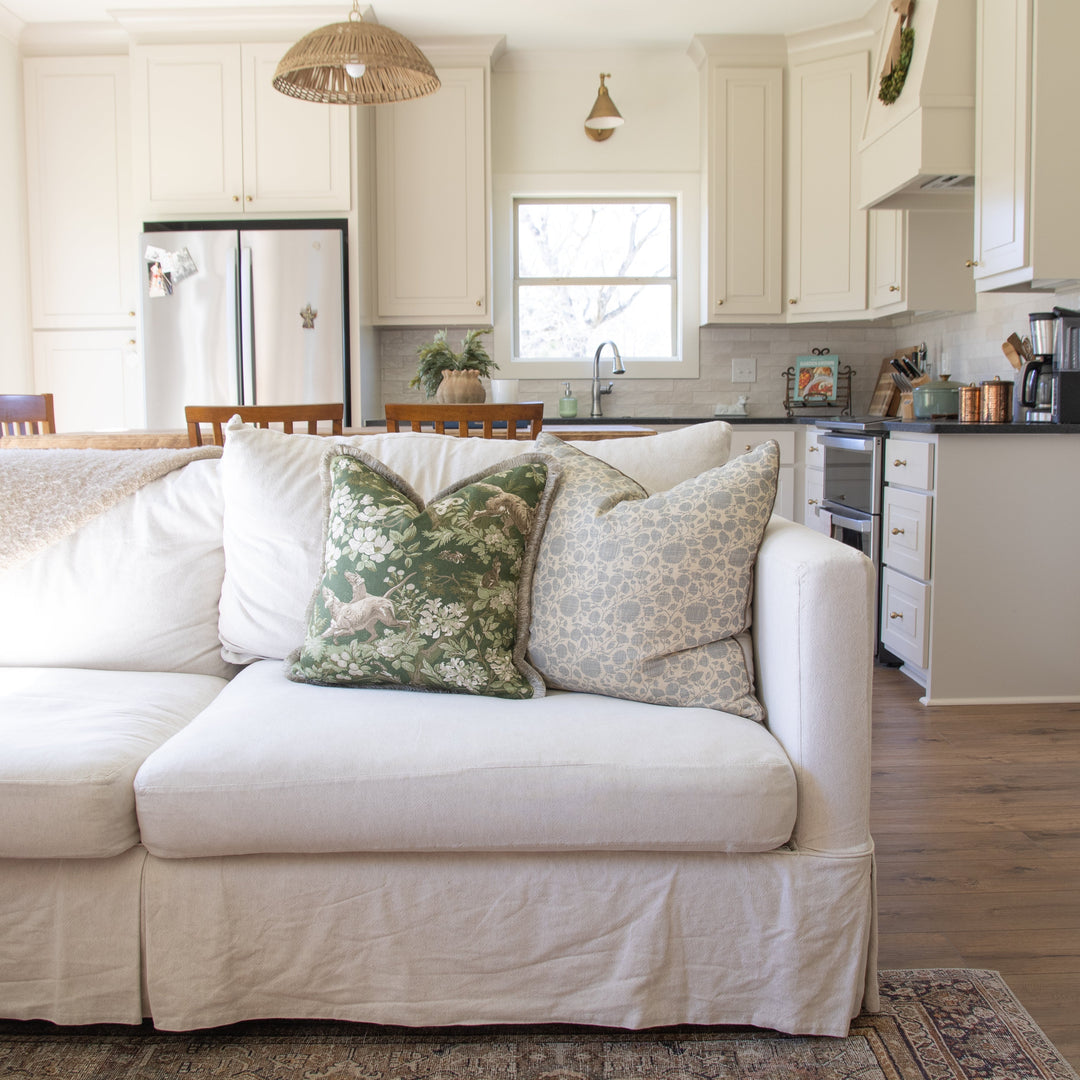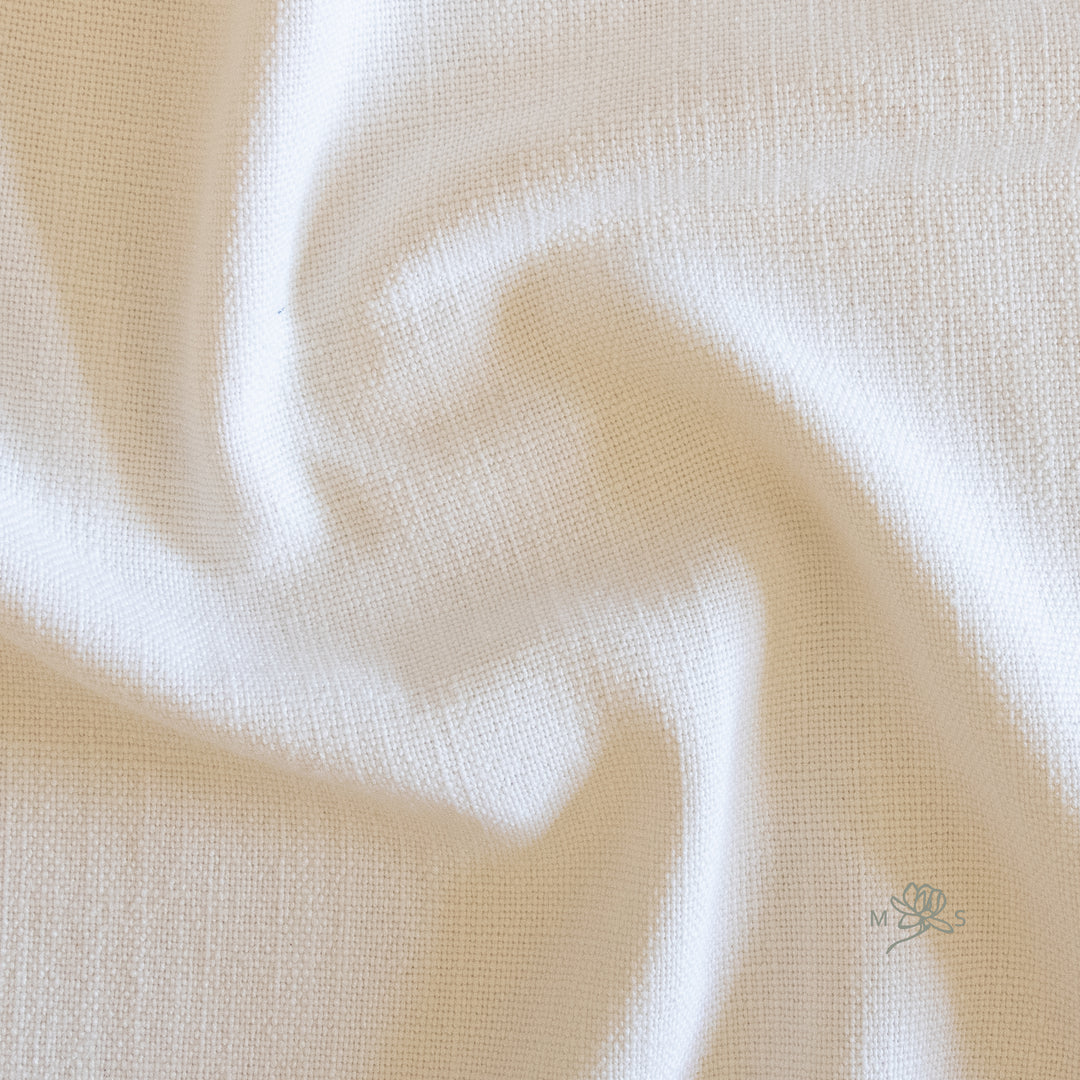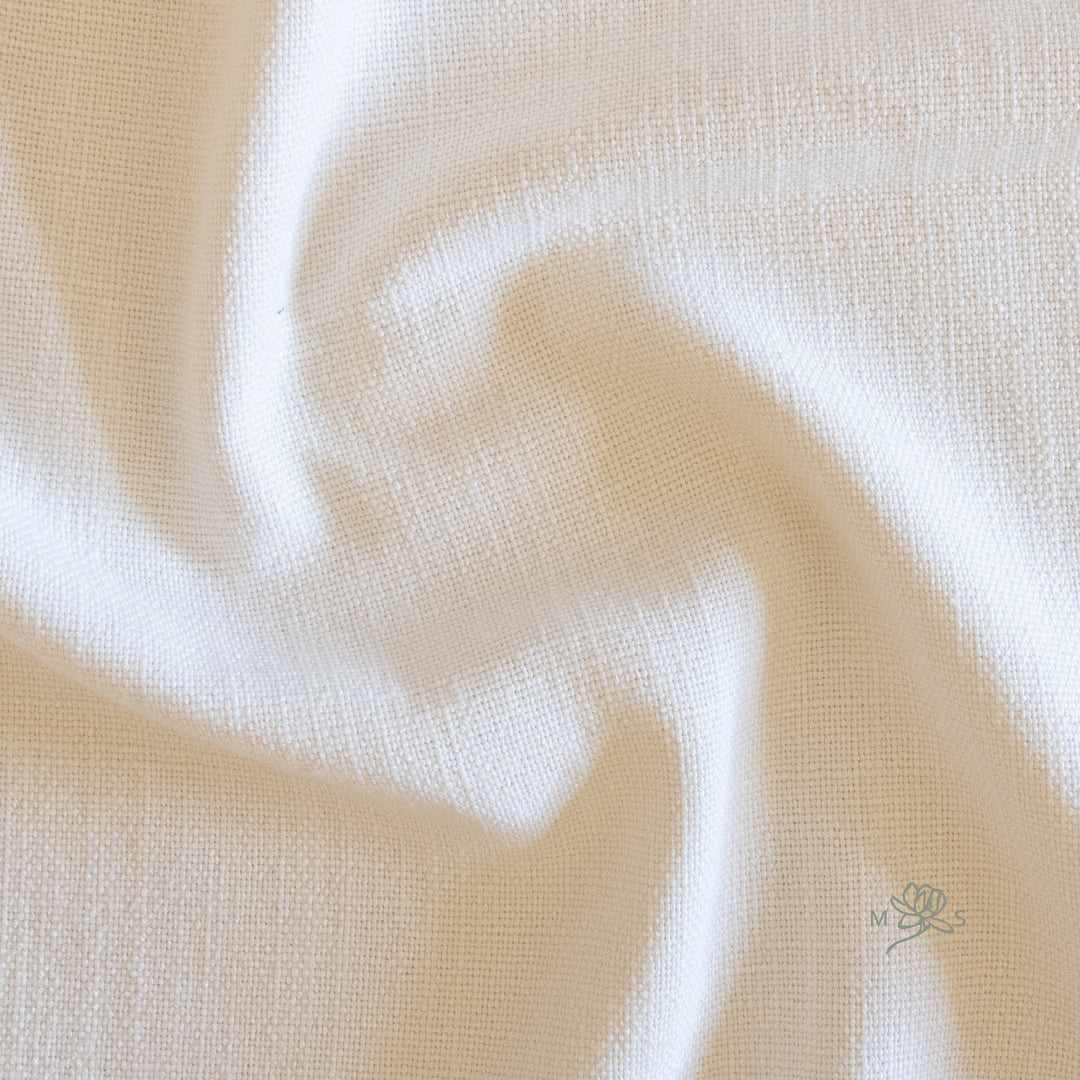Measuring your windows is the most important step in the process to be sure the window treatments you order fit your window correctly. Plus, as mentioned in our blog post: Drapery Series #1, you may find your window width allows for side panels to be functional, which may save you money as you won't need to order custom width drapery.
Regardless if you are choosing side panels or functional drapery, it is best to have a drapery rod already chosen and preferably hung before measuring. When selecting a drapery rod, keep in mind it should extend at minimum 3" beyond the window casing allowing additional space for the panels to cover a portion of the wall next to the window. For example, a window measuring 36" wide from outside of casing will need a drapery rod that measures at least 42" (36" + 3" on each side of window). To make the window appear wider than it is, consider extending the drapery rod 8-10" beyond the casing if the wall space allows it. For example, a window measuring 36" wide from outside of casing could use a drapery rod that measures 56" (36" + 10" on each side of window) in order for the window to appear larger.
Side Panels
Width
One-width panels measure 18.5" wide and have a 3.5" return that can either be hooked to the wall or to a drapery ring to extend the width of the panel. If hooking the return pin to the wall, each panel will over ~18.5" of rod space when closed. If hooking the return pin to a drapery ring, each panel will cover ~22" of rod width when closed.
Two-width panels measure 37" wide and have a 3.5" return that can either be hooked to the wall or to a drapery ring to extend the width of the panel. If hooking the return pin to the wall, each panel will over ~37" of rod space when closed. If hooking the return to a drapery ring, each panel will cover ~41" of rod width when closed.

For selecting side panels that are to be stationary on the drapery rod, the width selection is not as important as it would be if you need them to be functional like drapery. You will just need to consider the scale of the window.
For drapery rods that are 60" or smaller, one-width panels are sufficient for scale. For drapery rods that are 37" or smaller, one-width panels can actually be considered functional as they will fully cover the width of the rod and hence, cover the window.
For drapery rods that are longer than 60", consider two-width panels for proper scale and fullness. For drapery rods that are 76" or smaller, two-width panels can serve as functional drapery.
Length
Side panels offered in our shop are available in 6 standard hem lengths: 84", 90", 96", 105", 108", and 120". For floor length curtains, we recommend drapes hang ~1/4-1/2" off the floor. Hang your drapery rod so that the distance from the bottom of the ring to the floor is one of these hem lengths. The drapery pins attached to each panel are set at 1/4", so this will allow the panels to hang just above the floor.
Side panels are also available in custom lengths but will have a longer lead time than standard lengths offered in our shop.
Drapery
Here are the measurements you will need prior to ordering drapery. If you already have a drapery rod, then you'll simply need measurement A and B. If you do not have a drapery rod, you'll need measurement C., D., and E.

Width
Functional drapery can be ordered in any width from 24"-290". The width is measured as the full drapery rod width or the entire width necessary to cover the window and surrounding wall area. For instance, if your drapery rod measures 72", you'll need to select a drapery width of 72." If your window measures 60" from outside of casing, you'll need drapery to measure at least 66" (60" + 3" on either side of casing). If the wall space allows it, you might also consider adding 8-10" on either side of casing which will make the window appear wider than it is. For the same 60" window casing you measurement, you might consider drapery that is 80" (60" + 10" on either side of casing).
When made in the workroom, this width measurement will be divided in half to create two panels - considered a "split draw" - or it will be made as one full panel as a "one way draw" where the drapery is stacked only to one side of the window. For instance, when ordering a 66" split draw drapery, you'll receive two panels that measure 33" + 3.5" return and 3.5" overlap. If ordering as one way draw, you'll receive one panel that is 66" + 3.5" return and 3.5" overlap.
Length
If you already have a drapery rod in place, you'll need to measure the distance from the bottom of the drapery ring to the floor. If you do not have a drapery rod in place, you'll need to select the length based on where you plan to place the drapery rod.
We recommend hanging drapery rods at least 4-6" above the window casing if possible. If the space from the top of the casing to your ceiling is >10", you can hang the rods even higher above the window casing. This helps give the appearance of a taller window.
Find our tips for accommodating drapery hardware in Drapery Series #3.






Leave a comment